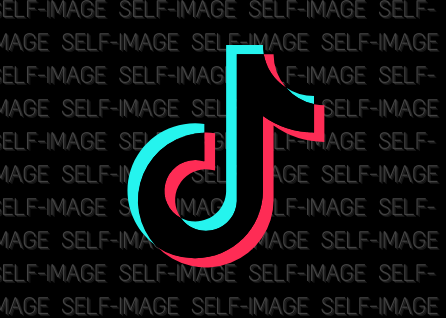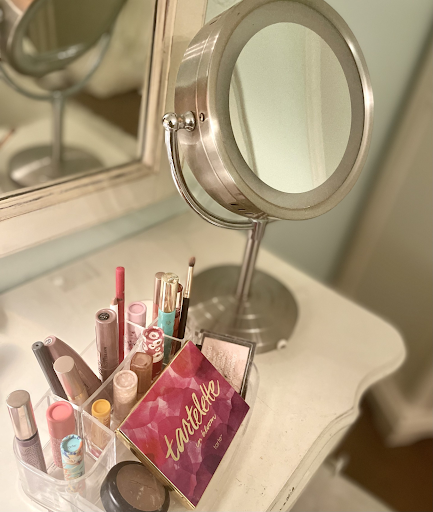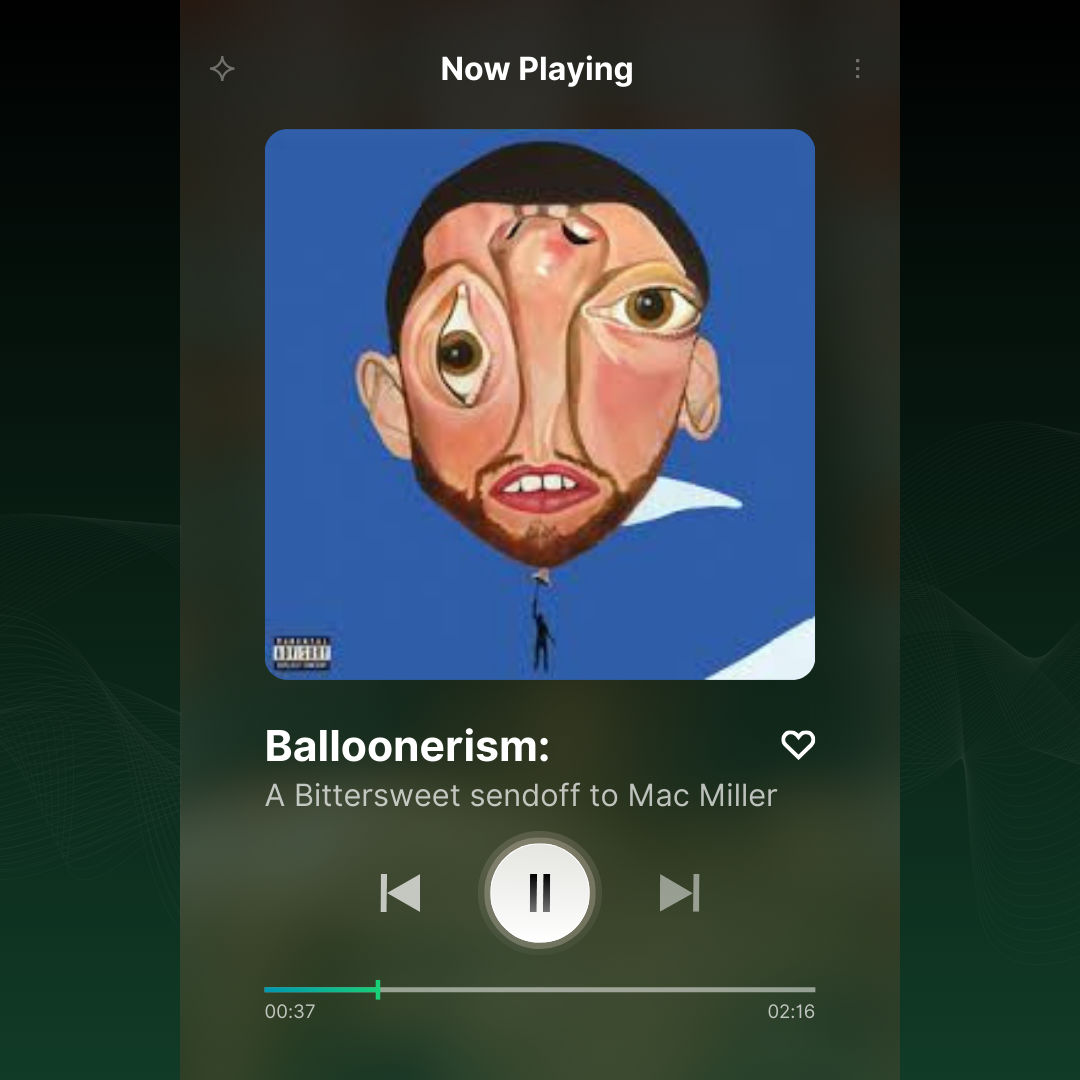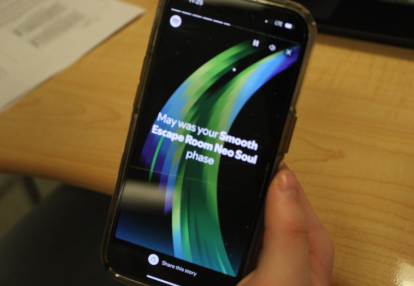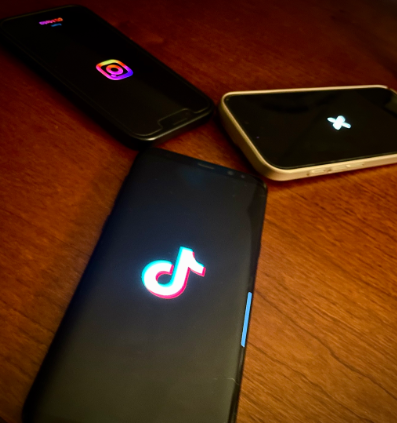Analyzing the psychological effects that TikTok trends have on users’ self-image and confidence and whether it’s truly the ideal platform to promote confidence and body positivity
TikTok trends and popular videos can range from silly dances to satire, but they don’t always leave positive effects. In fact, TikTok is a new hub of many controversial or demeaning trends, with some even sparking debate and discussion on the app.
TikTok has cast its mark on the world in the past couple of years, jumping from 680 million users to a whopping 1.1 billion in early 2021 (according to Wallaroo Media). The buzz surrounding TikTok was reasonable since the idea of a self-tailored algorithm and never-ending scroll of videos is appealing to people of all ages: from bored teenagers to stressed adults just trying to have fun.
Trends are a key feature when it comes to maneuvering TikTok, and for the most part, they remain uplifting. However, they can also be detrimental and deteriorate someone’s perception of themselves as a lot of trends revolve around beauty confirmation.
Moreover, due to this sudden rise in users, it’s important to promote positive trends that don’t harm others or make them feel less of themselves.
TikTok, similar to other social media applications, uses filters (such as “Glow Look” or “Jelly Look”) that morph the user’s appearance and can change their facial structure drastically to conform to eurocentric beauty standards.
Above all, people criticized the filter for not being inclusive towards those with darker skin tones. Users commented on videos of people talking about the new filter saying “this trend is not made for people-of-color” and “[TikTok] didn’t craft this with people-of-color in mind” Some users disagreed with this critique, saying “no one looks good in it, not everything is about race.”
The eurocentric filters could also have lasting negative effects on a person’s self-perception and change how they view their beauty . According to a study conducted by Dr. Lisa Ishii and her colleagues at Johns Hopkins University, heavy social media usage can correlate with a higher urge to obtain plastic surgery. The Johns Hopkins researchers found this information by surveying 252 adults aged 18 to 55 on their social media consumption, their self-esteem, and their interest in plastic surgery. What they found was that the higher consumption of social media applications led to more social comparison which then caused people to consider facial reconstruction more often.
However, the beauty-related filters aren’t the only problematic aspect of TikTok’s filters. Some filters, such as “Inverse” which flips the video orientation vertically, have been used for new trends which lead to the possible disliking of one’s appearance.
Above all, people criticized the filter for not being inclusive towards those with darker skin tones. Users commented on videos of people talking about the new filter saying “this trend is not made for people-of-color” and “[TikTok] didn’t craft this with people-of-color in mind” Some users disagreed with this critique, saying “no one looks good in it, not everything is about race.”
The eurocentric filters could also have lasting negative effects on a person’s self-perception and change how they view their beauty . According to a study conducted by Dr. Lisa Ishii and her colleagues at Johns Hopkins University, heavy social media usage can correlate with a higher urge to obtain plastic surgery. The Johns Hopkins researchers found this information by surveying 252 adults aged 18 to 55 on their social media consumption, their self-esteem, and their interest in plastic surgery. What they found was that the higher consumption of social media applications led to more social comparison which then caused people to consider facial reconstruction more often.
However, the beauty-related filters aren’t the only problematic aspect of TikTok’s filters. Some filters, such as “Inverse” which flips the video orientation vertically, have been used for new trends which lead to the possible disliking of one’s appearance.
Immediately, many users jumped on this trend and went on to ask the users of TikTok whether they are mask-fishing or not.
Often, people left kind messages such as “you look prettier without it”, or “the mask is fishing you”. However, there are a lot of negative comments as well, ranging from “yes you are”, to meaner ones like “keep the mask on”.
The new trend took the app by storm which also caused people to criticize it.
In a video posted by TikToker @fugosolos, they said they hated the mask-fishing trend because “[TikTokers] will call anyone with an ethnic nose or a soft jawline ugly and a mask-fisher.”
Various commenters agreed that the trend brought down their self-esteem.
“Especially the nose, like now I always have to make sure no one can see me from the side so people won’t think I’m mask-fishing,” said one user.
Another commented, “y’all are for real making me hate myself.”
But not all agree, some state that the trend doesn’t have to do with eurocentric beauty standards, and instead personal preference, one user commented “Yeah, it’s called preferences many people have them.”
The problem, however, does not lie in the masks, nor the filters, nor the algorithm. This is because at the end of the day, the trends are created by the users themselves.
The algorithm depends on the user’s interests and previously interacted-with videos, so it is up to the user which videos they get to watch. However, the trends are created by users themselves, therefore TikTokers must evaluate the positive or negative effect that their videos could have on others.
Especially due to the shorter videos, it’s easier to get “sucked into” the algorithm and continue scrolling, therefore making it harder for users to identify their limits and when they should put their phone to rest. The infinite amount of videos also does not give the users’ enough time to fully process what they are consuming which can cause them to subconsciously believe or misinterpret certain things.
TikTok has a wonderful, close-knit community that serves as a safe haven for many, but ultimately, everyone needs to look out for each other. Before posting, it is essential to think of the potential impacts that the video could have on one’s audience, and to analyze which potential “trends” could be harmful to fellow TikTokers.

